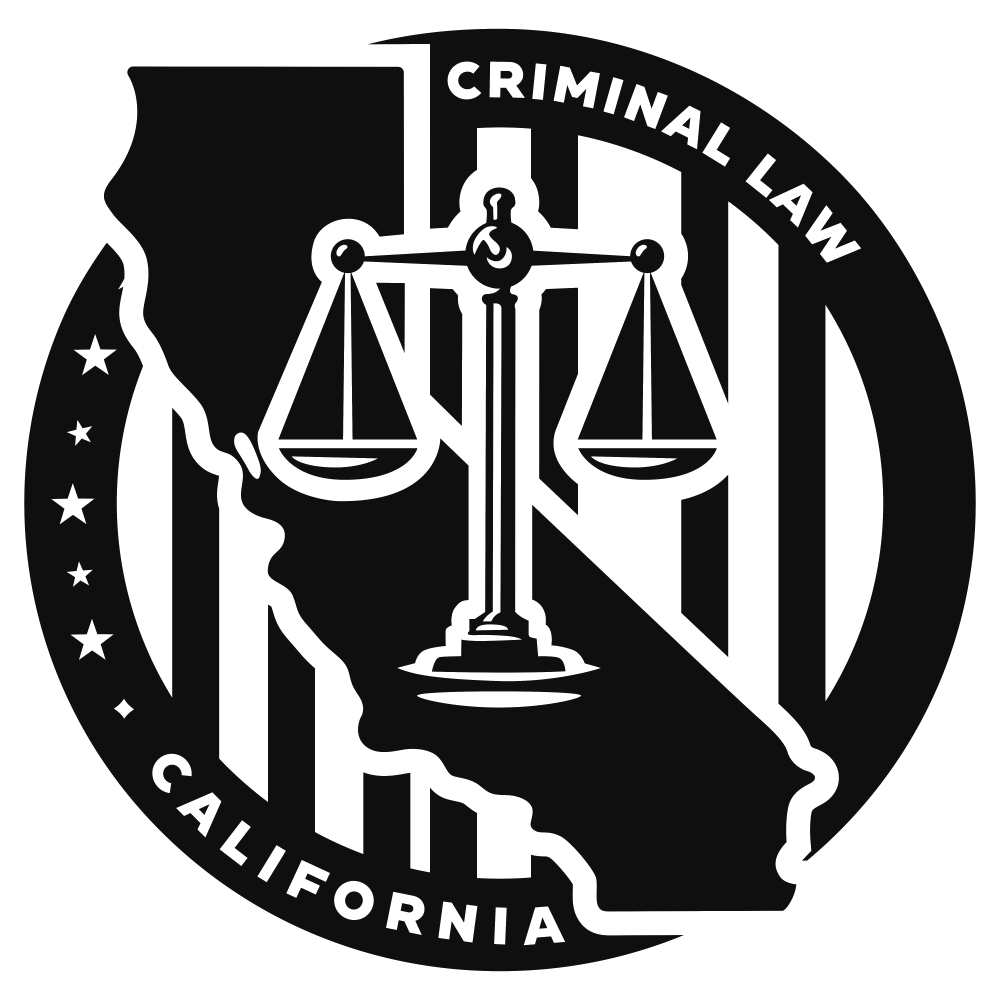In a recent announcement, Governor Gavin Newsom unveiled plans for new legislation aimed at addressing what he describes as a surge in professional theft. The proposed laws intend to intensify criminal penalties, enhance law enforcement tools, and crack down on those profiting from crimes such as smash and grabs, retail theft, and car burglaries.
As a legal professional with a critical perspective, it’s essential to scrutinize the implications of such proposed legislation. Here’s an in-depth analysis of the key components within the Governor’s framework:
- Cracking Down on Professional Thieves: The proposed legislation seeks to create new penalties targeting individuals engaged in retail theft for the purpose of resale, as well as those involved in reselling stolen property. While the intention is to increase felony penalties and prison time, the effectiveness of such measures in deterring crime remains a subject of debate.
- Increasing Enforcement Tools: The proposal aims to bolster existing laws to ensure police can arrest suspects of retail theft, even without witnessing a crime in progress. While this may streamline law enforcement procedures, questions arise regarding the potential infringement on individual rights and the balance between public safety and civil liberties.
- Aggregating Theft Amounts: Clarification is sought to allow law enforcement to combine the value of multiple thefts, even across different victims, to reach the threshold for grand theft. This raises concerns about potential disparities in sentencing and the fairness of aggregating unrelated incidents.
- Fighting Auto Burglary: The proposed legislation introduces new penalties for professional auto burglary, increasing punishments for the possession of items stolen from a vehicle with the intent to resell. Critics may argue that a focus on prevention and addressing root causes would be more effective than punitive measures.
- Eliminating ORC Sunset Provision: The framework suggests eliminating the sunset date for the organized retail crime statute. While continuity in the law is essential, the effectiveness of the existing statute and the need for its perpetuation warrant careful examination.
- Increasing Penalties for Resellers: The exploration of increased penalties for large-scale resellers of stolen goods invites a critical examination of the potential impact on those involved in the secondary market and the fairness of the legal response.
While Governor Newsom positions these proposals within the context of bolstering public safety and holding professional criminals accountable, it is crucial to acknowledge the concerns raised by those critical of increased penalties for property crimes.
Early Responses and Critiques:
- President of the California State Sheriffs’ Association, Tulare County Sheriff Mike Boudreaux, expressed support for closing loopholes but emphasized the need for careful consideration.
- California Attorney General Rob Bonta acknowledged the seriousness of organized retail theft but emphasized the commitment to work towards eradicating it.
- Senate Public Safety Chair Senator Aisha Wahab emphasized the importance of accountability while recognizing the need for pathways to restorative justice.
- Assembly Public Safety Chair Assemblymember Kevin McCarty appreciated the engagement but emphasized the importance of crafting balanced policies.
- Chair of the Assembly Select Committee on Retail Theft Assemblymember Rick Chavez Zbur applauded the efforts but stressed the need for effective approaches.
- San Francisco District Attorney Brooke Jenkins recognized the need for reforms but highlighted the importance of consequences aligned with the law.
- President of Alliance for Safety and Justice Lenore Anderson commended Governor Newsom’s leadership but emphasized the need for smart policies and preventive solutions.
As the proposed legislation unfolds, it prompts a critical dialogue on the delicate balance between enforcing the law, protecting individual rights, and addressing the root causes of criminal behavior. Stay tuned as [Blog Name] continues to provide a nuanced analysis of legal developments impacting California’s approach to property crimes.
